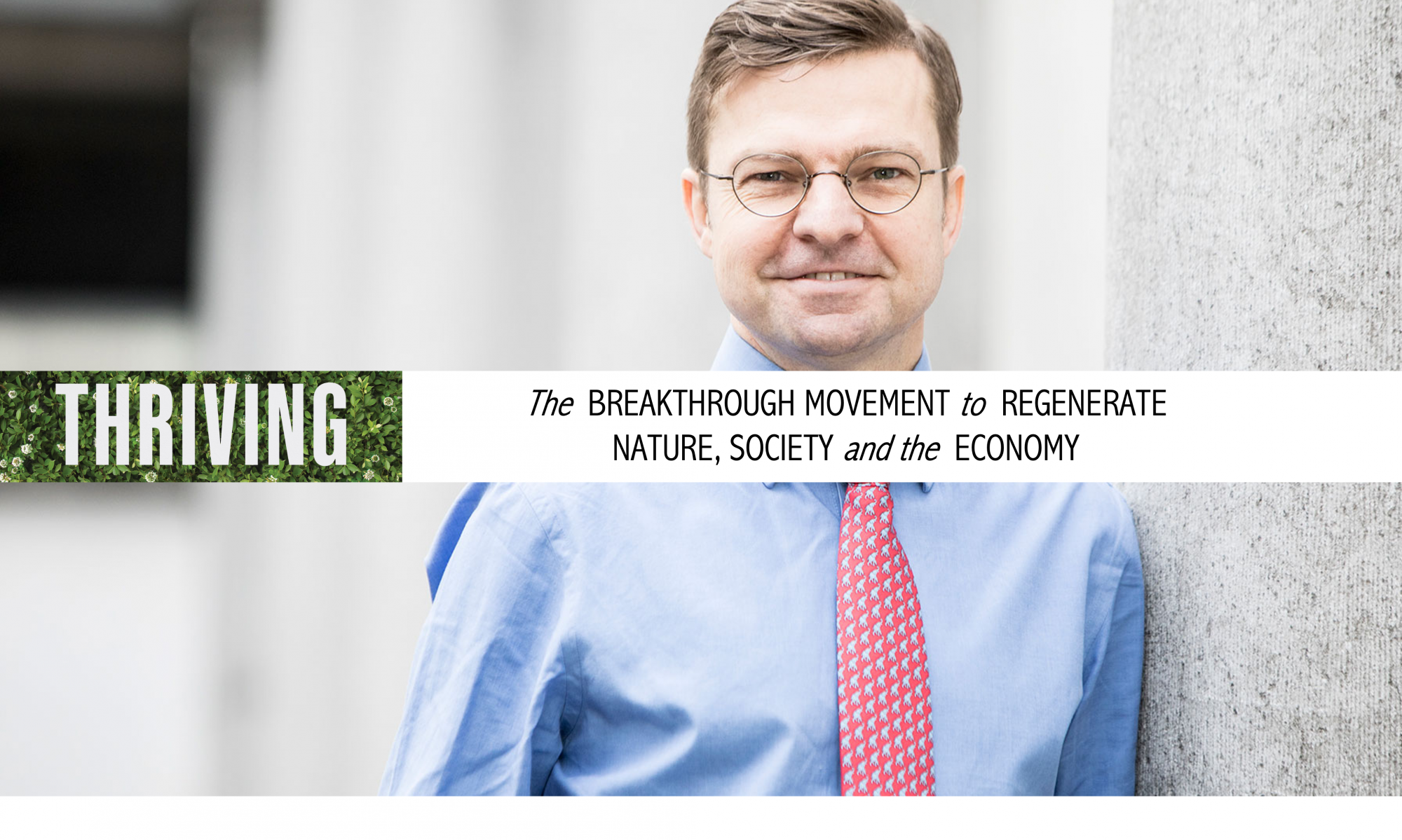Eco-innovation: going beyond creating technology for technology’s sake
Article by Wayne Visser
Part of the Sustainable Innovation & Technology series for The Guardian.
Sustainable innovations often arise from combining and understanding existing technologies.
Slowly but surely, sustainable technologies are challenging business and transforming our outdated industrial model which is no longer fit for purpose. As examples from the agri-food, chemicals and metals sectors have shown, removing barriers to the sharing of existing technologies is just as important as coming up with new and better tools. So how does this work in practice?
When working with sustainable technologies, companies must decide whether to collaborate or go it alone. This decision should be based on an assessment of a company’s in-house competencies, technical readiness and capacity.
BeniSweif is a small engineering company in Egypt that produces coloured pigments for the metals industry. With the support of the Egyptian National Cleaner Production Centre (NCPC), the company invented a new yellow iron oxide-derived pigment in a process that allowed them to recover hydrochloric acid with a concentration of 25%, which can be used again.
The new product sells for almost five times the production cost. This development has created a new business model, with clear financial and environmental benefits.
Similarly, Jiangsu Redbud Textile Technology entered into a technology transfer agreement with the governments of Benin, Mali and others to promote jute fibre-green technology. The Chinese company developed and tested new varieties of jute, which are 100% recyclable and well adapted to wastelands, saline ground, low-lying wetlands and drought conditions. Now a collaborative platform, SS-GATE, is introducing this technology into Africa. The product was created to fit environmental conditions, and the institution created a collaborative space for innovation.
Another example is the series of XPRIZE awards, which help teams from across the world to compete for funding by solving a specific social, technical or environmental challenge. The $2m Wendy Schmidt Ocean Health XPRIZE promises to improve our understanding of how CO2 emissions are affecting ocean acidification, encouraging teams to design sensors that can help us begin the process of healing our oceans. Similarly, a Carbon XPRIZE has been proposed with the goal to develop radical new technologies and products that make capturing CO2 from power plants a source of profit rather than a liability. This is typical of open innovation for sustainability.
These are the kinds of cases being studied in a European Commission-funded research programme on eco-innovation. The programme is looking at methods for the identification, development, transfer and adaptation of technologies to further sustainable development. The aim is to develop local capacity and resources for eco-innovation in developing and emerging economies, especially through supporting intermediaries such as the National Cleaner Production Centres.
The Unep (United Nations Environment Programme) report on the business case for eco-innovation is an example of the results of the programme. Eco-innovation – as distinct from eco-efficiency – has emerged from the realisation that without innovation we are unlikely to solve many of our global social and environmental challenges, from poverty to climate change.
According to the Philips Meaningful Innovation Index, “There is an appetite for future innovations to go beyond creating technology for technology’s sake, instead aiming to make a difference in people’s everyday lives.” Hence technology is an enabler for eco-innovation, not only in terms of physical equipment and tools but also in the knowledge, techniques and skills that surround its deployment and use.
Technology can enable different aspects of the eco-innovation process, as well as being a marketable product or outcome of eco-innovation itself.
Eco-innovators push the boundaries of their companies. By modifying products, processes and organisational structures, eco-innovation improves sustainability performance and competitiveness.
Eco-innovation is the next evolution beyond eco-efficiency. Whereas eco-efficiency tends to be focused on productivity and the impact of single technologies or individual steps in the business process, eco-innovation looks to strategically transform the whole business model. When it comes to reinventing capitalism, eco-innovation is one of the next waves business will want to surf if it is to survive and thrive.
Download
[button size=”small” color=”blue” new_window=”false” link=”http://www.waynevisser.com/wp-content/uploads/2015/05/article_sustech11_wvisser.pdf”]Pdf[/button] Eco-innovation: going beyond creating technology for technology’s sake (article)
Related websites
[button size=”small” color=”blue” new_window=”false” link=”http://www.waynevisser.com/books/the-quest-for-sustainable-business”]Link[/button] The Quest for Sustainable Business (book)
[button size=”small” color=”blue” new_window=”false” link=”http://www.kaleidoscopefutures.com”]Link[/button] Kaleidoscope Futures (website)
[button size=”small” color=”blue” new_window=”false” link=”http://www.csrinternational.org”]Link[/button] CSR International (website)
Cite this article
Visser, W. (2014) Eco-innovation: going beyond creating technology for technology’s sake. The Guardian, 4 December 2014.


